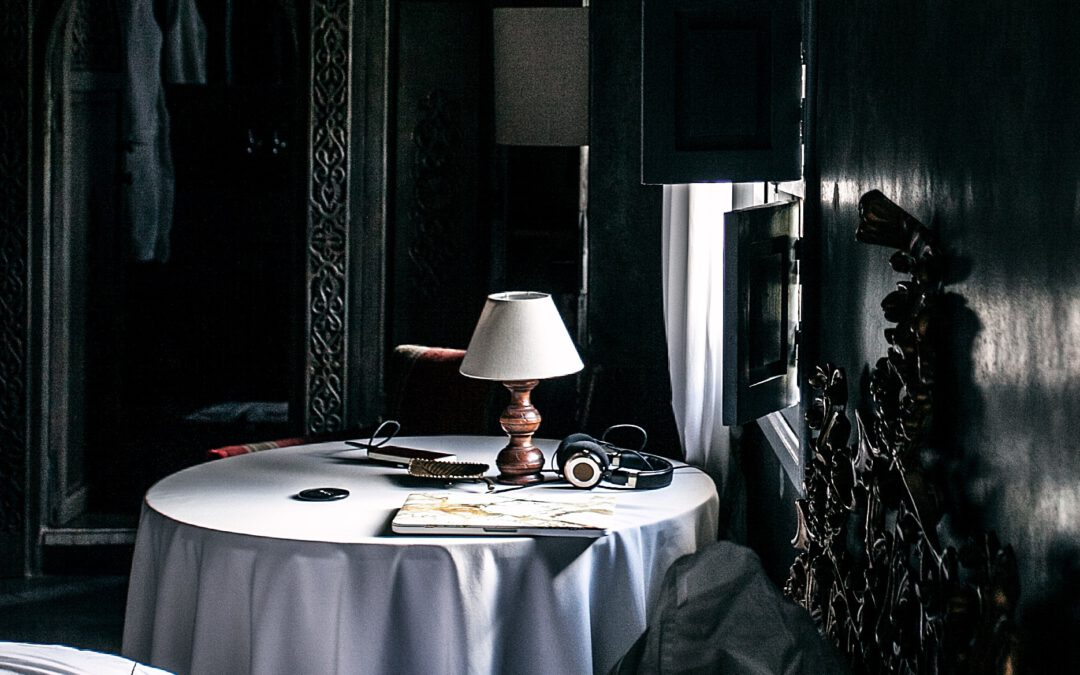Yes be persistent in your sleep and you will become the best magician that this earth has ever known!
Well, a part of that might be true, fixing your sleep schedule and getting enough sleep each night will defiantly make you feel better, which in term will level up your performances. But that is not the topic for today’s blog.
Today’s blog is about the magical power that sleep has on your practice as well as different tactics to learn sleight of hand better and faster.
I’ve encountered the magical sleep genie many times. He comes in my sleep whispers something in my ear and when I wake up all of a sudden, I can perform a diagonal palm shift.
No, but serious though part of it is true. Not the part about the genie or the tooth fairy blessing me with immaculate sleight of hand in return for my teeth or God knows what the genie wants. My Soul? Is he actually the devil!!!?
The part that is true is that I’ve often woken up to the fact that the sleight has improved at least 10% sometimes even 50-60%. I’ve had many moments where I was practicing a sleight until late in the night and I just couldn’t get that one point down that makes the sleight perfect. The next morning, I woke up, and all of a sudden, the sleight was close to perfect.
Or, I’ve even had moments where I couldn’t get it down at all and when I woke up the next morning I could do it. Sometimes just going to sleep really helps. Apparently, the brain keeps working on the technique even when you are asleep, making new neuropathways so that the next morning you can do what you couldn’t the night before.
This is a beautiful and automatic way to improve your sleight of hand, however, forcing yourself to take naps of multiple hours to speed up your sleight of hand is not ideal. At least, I can’t see anyone willing to throw away their entire social life and sleep schedule to do this, also not so sure if it will keep working then. But, are there ways to speed up the process that we have control over?
The answer is obviously yes, why else would I write this blog in the first place? Good job Rico you’ve just wasted everyones time with a hypothethcial question and then even more time with this meta scentence about the questions.
There are a few things that we can do, the most important of all being persistence. When I started to learn the bottom deal it looked horrible. When I see videos of myself doing it when I was one month into the process, I just want to burn my eyes out. How could I’ve ever have done it like that! While my bottom deal today is pretty alright, it’s good for performances and in the situations, I use it for. The point is that even though it was horrible I kept being persistent at it. I kept working on the move until it got somewhere acceptable, somewhere good.
This is a big key to learning any move, sleight or routine. Just keep being persistent at it. Keep trying and working on it until you get it. At least, that is if you have the right information.
Which is another very important point. My friend Shane Cobalt often talks about the information issue, there is a wonderful essay on this patreon for those that are interested in it. The main problem is that we don’t always have the right information. Without the right information a move can become very difficult, because one little pressure point can be what makes or breaks the move.
As an example, I’ve used the side steal from the bottom for many routines in my career, especially the Leipzig opener I fricking love that routine. Then later I started to use it for the variations that I perform of the Leipzig opener. In those situations, the particular side slip worker perfectly without a big flash, since the deck was being moved from hand to hand. However, when the deck would start in a stationary position in the left-hand dealer’s grip, the right hand would have this huge flash between the second and third finger. I couldn’t figure out why that was. Until at one moment I started to play with different pressure points and I realized that the left hand second and third finger should provide upwards pressure to take work away from the right-hand. When the upwards pressure is provided, the right hand doesn’t have to make a gripping motion and only needs to worry about clipping the card between the pinky and base of the thumb (the diagonal that Vernon talks about).
This is a piece of information I might have missed from the books, or I might have completely misinterpreted it. Anyhow, it made learning the sleight a lot more difficult, impossible even. This is the case with many sleights, when we don’t have the right information as to how to do the technique, we make It 20 times more difficult for ourselves.
Making it more difficult brings us to the next point, which is taking breaks. It is optimal for practicing sleight of hand to take breaks in-between. In the end we are mastering the realm of muscle memory. When the muscles get over exhausted they start to tense up, this is not ideal for our practice since sleight of hand is a tiny movement of many tiny muscles. When those start to tense up we have to apply even different pressure as to when our hands are relaxed and this will hinder the process. If you are intesenly practicing a move I can recommend to only

Rico Weeland is a Dutch magician, writer and performer who spends most of his time refining and studying magic.
Rico’s magic has been praised at his lectures at the Magic Circle in London, The National Conference in Italy and at the Krakow Magic Sessions.
Other then traveling around the world to teach magic, Rico performs monthly at the Amsterdam Magic Show to perfect his stage craft.
In 2020 Rico started Invisible Practice with his partner in crime Alvaro Perez Berbel and they have been teaching magic ever since.


Recent Comments